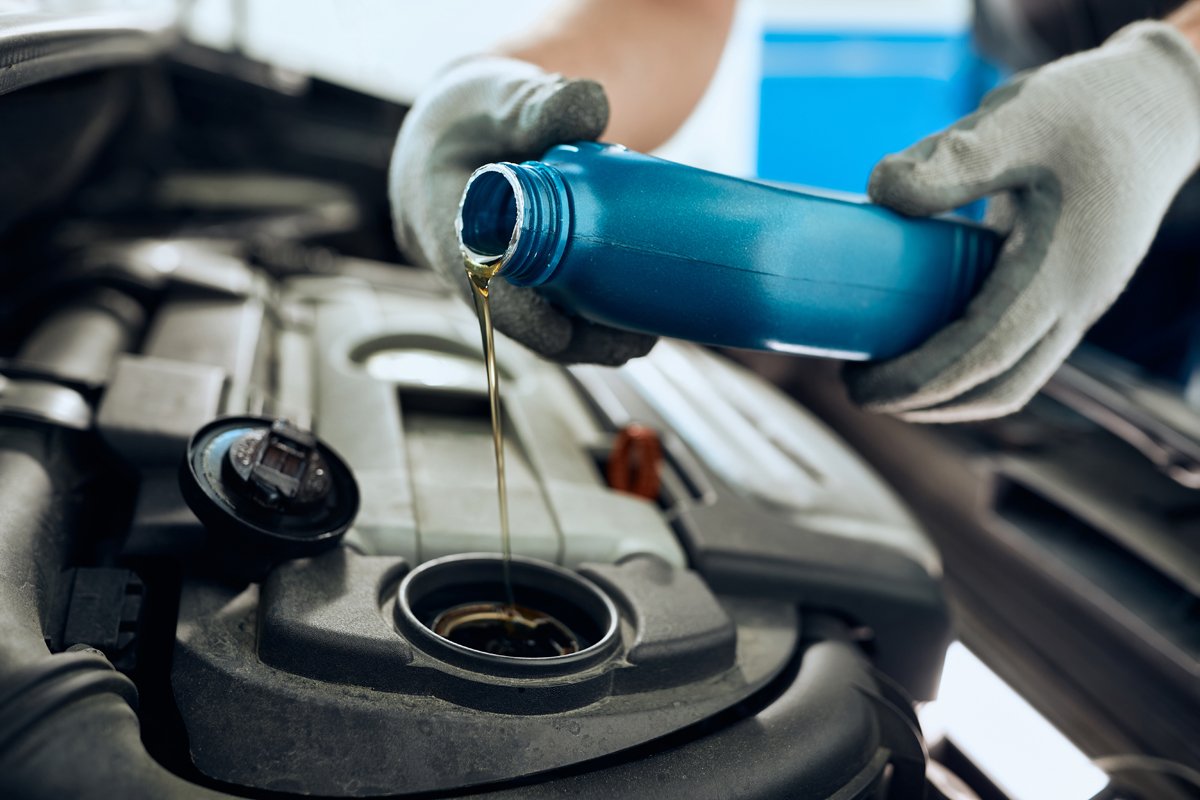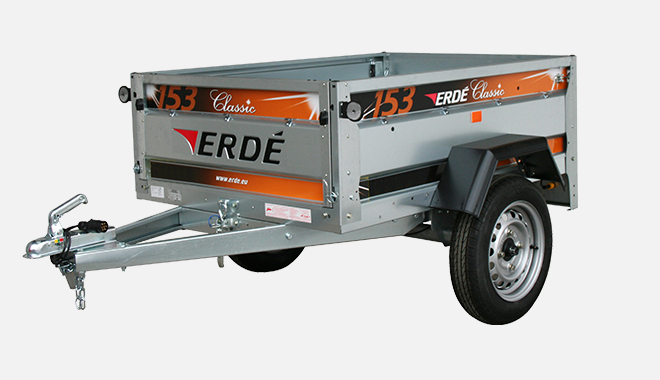When you’re juggling work, errands, and family life, every minute matters. That’s why many drivers ask the same question: how long does an oil change take? The short answer is about 30 to 45 minutes in most cases. But depending on where you go, the type of vehicle you drive, and whether you’re doing it yourself or using a service center, the time can range anywhere from 15 minutes to over an hour.
This guide breaks it all down so you’ll know exactly what to expect, how to plan, and why taking care of your oil on time is one of the smartest moves for your car.
Why Oil Changes Are Essential
Oil is the lifeblood of your engine. Without clean, fresh oil, the moving parts grind against each other, creating friction that can lead to overheating, wear, and costly breakdowns.
Here’s what motor oil does inside your engine:
- Lubricates moving metal parts to reduce friction.
- Cools the engine by carrying heat away.
- Cleans by trapping dirt, metal shavings, and debris.
- Protects against rust and corrosion.
An average car engine runs at 195–220°F, which makes clean oil vital for performance. Skipping or delaying an oil change may not cause immediate failure, but it slowly eats away at your engine’s health, shortening its lifespan.
What is the average duration for an oil change?
Quick Answer – Standard Duration
- Quick service/oil change chains (Jiffy Lube, Valvoline): 15–30 minutes
- Dealerships or repair shops: 30–45 minutes
- DIY at home: 45–60 minutes or longer (especially for beginners)
So if you’re wondering whether to squeeze in an oil change during lunch, the answer is yes—if you go to a fast-lube shop. A dealership might take longer, especially if you hit them during peak hours.
What Happens During an Oil Change
An oil change is more than just swapping out old oil. Here’s what typically happens:
- Drain the old oil – The technician removes the oil drain plug and lets used oil flow out completely.
- Replace the oil filter – A new filter ensures contaminants don’t circulate through the fresh oil.
- Add new oil – The right grade and quantity recommended by the vehicle’s manufacturer.
- Check other fluids – Many service centers top up windshield washer fluid, transmission fluid, and coolant.
- Quick inspection – Tires, brakes, and belts often get a quick look too.
This checklist explains why a professional oil change often takes a bit longer than a simple DIY swap.
Factors That Affect Oil Change Time
Several elements can stretch or shorten the time it takes.
Type of Vehicle
- Small sedans are quick and easy.
- SUVs and trucks have larger oil capacities, so they take a bit longer.
- Luxury or performance cars may require specialty filters or extra steps.
Service Location
- Dealerships: thorough inspections but longer wait times.
- Quick-lube shops: fast turnaround but less detailed checks.
- DIY garage: depends on your skill and setup.
Type of Oil Used
- Conventional oil: common and quick.
- Synthetic oil: same process but lasts longer between changes.
Additional Maintenance
If you bundle other services like tire rotation, air filter replacement, or brake inspection, expect an extra 15–30 minutes.
DIY vs. Professional Oil Change – Time Comparison
Some drivers prefer rolling up their sleeves while others like leaving it to the pros. Let’s compare both options.
| Method | Average Time | Cost Range | Pros | Cons |
| DIY at Home | 45–60 mins | $25–$40 (supplies) | Save money, learn your car | Messy, requires tools, longer time |
| Professional Shop | 30–45 mins | $50–$100 | Quick, convenient, inspection | Slightly higher cost, wait times |
| Quick Lube Chain | 15–30 mins | $40–$70 | Fastest, walk-in service | Less detailed inspections |
If you’re comfortable with tools, DIY can be rewarding. But for most people, professional services are worth the time saved.
Tips to Make an Oil Change Faster and Smoother
- Plan ahead: Visit shops during off-peak hours (mornings on weekdays are best).
- DIY prep: Lay out tools, oil, and filter before starting.
- Stick to quality oil: High-grade synthetic oil extends intervals between changes.
- Follow your manual: Don’t second-guess the manufacturer’s recommendations.
How Often Should You Change Your Oil?
This question often goes hand-in-hand with how long it takes. The answer depends on oil type and driving habits.
- Conventional oil: Every 3,000–5,000 miles.
- Synthetic oil: Every 7,500–10,000 miles.
- Heavy-duty use: Shorter intervals if you tow, drive in extreme heat/cold, or do lots of stop-and-go driving.
- Modern cars: Many newer vehicles come with oil-life monitoring systems that give accurate reminders.
FAQs on Oil Change Time
Q: How long does an oil change take at Jiffy Lube or Valvoline?
A: Usually 15–30 minutes, depending on how busy they are.
Q: Can I drive right after an oil change?
A: Yes, your car is ready to go immediately after.
Q: Does synthetic oil take longer to change?
A: No, the process is the same—it just lasts longer between changes.
Q:What are some ways to tell if my car requires an oil change?
A: Look for signs like dark or gritty oil on the dipstick, dashboard oil lights, louder engine noise, or reduced fuel economy.
Final Thoughts – How Long Does an Oil Change Really Take?
So, how long does an oil change take? On average, about 30 to 45 minutes. For drivers in a rush, quick-lube shops can get you out the door in under 20 minutes. If you like to do it yourself, budget at least an hour.
At the end of the day, the time spent is a small investment for smoother rides, fewer repairs, and a longer-lasting engine. Treat your oil change not as a chore but as a shield protecting your car’s heart—the engine.













Leave a Reply